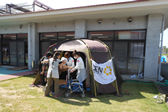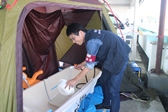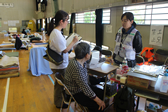
Basic Information
Kumamoto Prefecture
| Prefectural capital | Kumamoto |
| Population | 1,773,613 (Estimate as of the 1st January 2017) |
| Area | 7,409.32km2 |
Activities during the emergency phase (April-June 2016)
On April 16, 2016, right after the catastrophic magnitude 7 earthquake in Kumamoto, the initial emergency response team headed for the affected area where basic amenities such as electricity, water, and gas had been cut off due to repeated aftershocks. JEN distributed relief supplies including lunch boxes and clothing to evacuees following our experience of post-disaster needs in emergencies in Japan (Chuetsu/Chuetsu-oki Earthquakes, Great East Japan Earthquake).
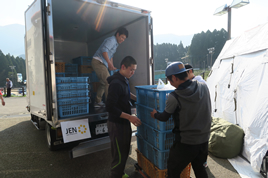
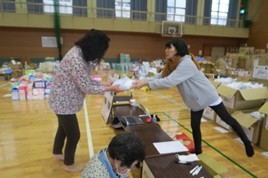
Rental of vehicles/heavy machinery/materials (April-July 2016)
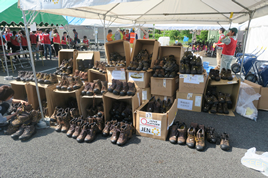
Right after the earthquake in April 2016 household goods and farm equipment were taken out from collapsed houses by affected people and volunteers. JEN provided safety shoes for protection in unsafe working conditions amongst the debris as well as jacks to lift roof materials or beams and access household articles. We also rented dumps required for the transportation of rubble, as a lack of heavy machinery had caused a delay in demolition work in some areas.
Traveling bath service (May-June 2016)
We conducted a survey in Higashi-ku, Kumamoto City, which revealed that some evacuees staying in the evacuation centres had not had a bath since the earthquake because ‘their houses had collapsed’ or ‘they were too old to go to bathing facilities.’ In April when the earthquake occurred, the temperature could reach 35°C on a sunny day even though it was spring. Around this, infections occurred in an evacuation centre in Kumamoto. Therefore, the establishment of a good hygienic environment was urgent so JEN offered a visiting bath service to evacuation centres.
